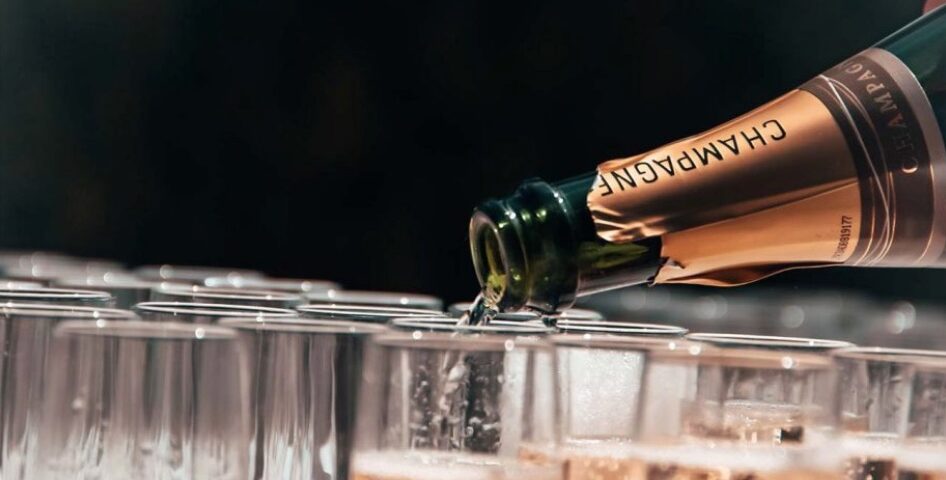
An Airfare Pricing Mystery
August 24, 2020
How Apple is Changing the Dow
August 26, 2020OPEC tries to preserve the price of oil. Champagne is rather similar.
This is the story.
The Pandemic Hits Champagne Sales
We are drinking less champagne.
As we all know, the pandemic has prevented us from planning weddings, office “jollies” (as the BBC called them), and countless parties Add to that the closed restaurants and bars and you have fewer places and reasons for celebrations. In the Champagne region of France, they are planning a response.
Each year, a group representing 16,000 growers and 360 Houses (like the makers of Moët & Chandon and Veuve Clicquot) meet to figure out the champagne supply. Deciding how much to harvest, they don’t necessarily agree. The growers want to sell more grapes while the Houses hope to minimize a surplus that would require storing what they produce.
The big problem is the Houses now have 1.4 billion unsold bottles sitting in their cellars. Although this year’s crop was quite good, the Houses want to constrain supply at somewhere between 6,000 and 7,000 kg per hectare (200 million bottles). Hoping for more, the growers pushed for 8,500 kg/ha. The compromise was a historically low 8,000 kg/ha, much less than the 10,200 total for 2019.
Thinking about where all of this winds up, we could be talking about a $70 bottle of Moët & Chandon in a U.S. liquor store. An importer in the U.S. pays close to $30 a bottle and also, transport costs. Then, she adds 25 percent and sells it to a distributor who tags on another 25 percent. The last stop is the retailer who gets her 20 percent and we pay $70. It all starts though with growers and Houses controlling supply to maintain price and quality.
Our Bottom Line: Cartels
“People of the same trade seldom meet together, even for merriment and diversion, but the conversation ends in a conspiracy against the public, or in some contrivance to raise prices.” Adam Smith, Wealth of Nations, 1776
A cartel is an association among the providers of a good or service that typically targets a common price, supply caps, and other forms of cooperation. Contemporary cartels include OPEC’s 13 countries (Organization of Petroleum Exporting Countries).
Less well known but more powerful, we also have the Comité Champagne.
My sources and more: Traditional champagne economics were described in this Reuters article. Then, knowing the past made these BBC and FT descriptions of the pandemic’s impact the ideal complements. But if you read just one article, do go to this analysis of the relationship between the growers and Houses.
Our featured image and many of our facts are from Decanter.
![econlifelogotrademarkedwebsitelogo[1]](/wp-content/uploads/2024/05/econlifelogotrademarkedwebsitelogo1.png#100878)





